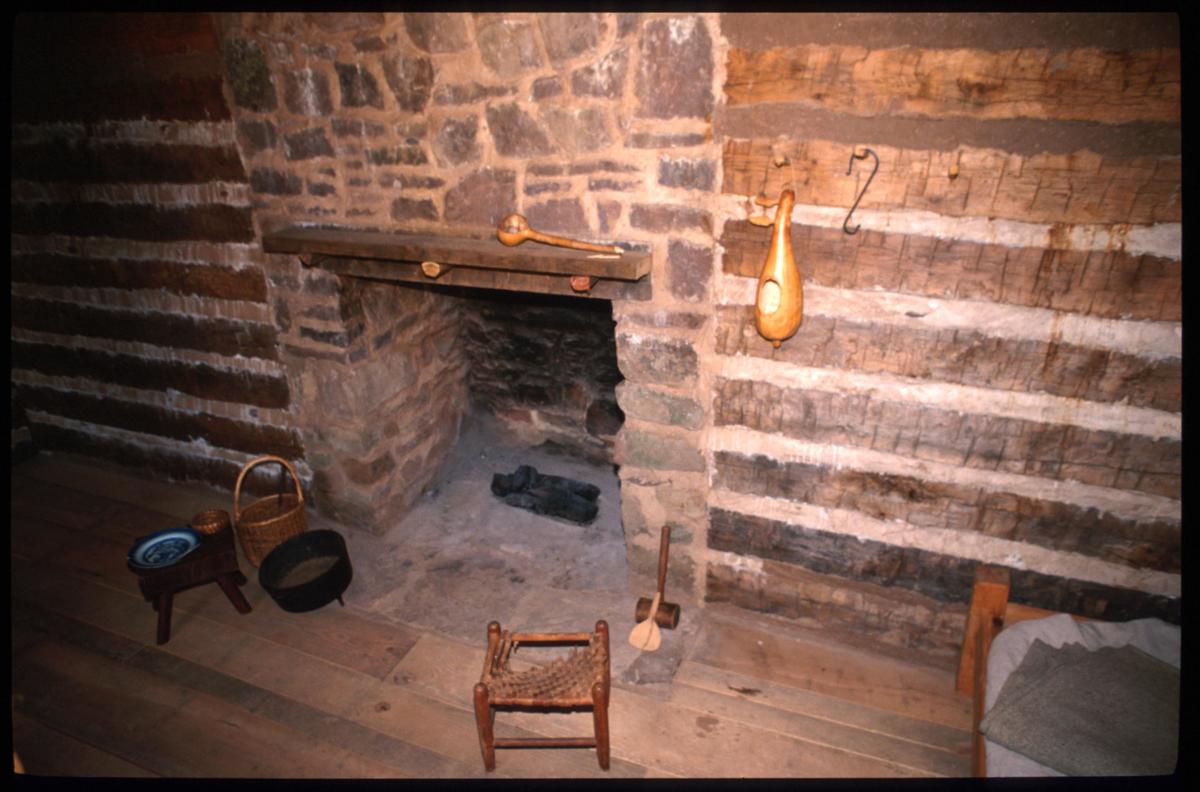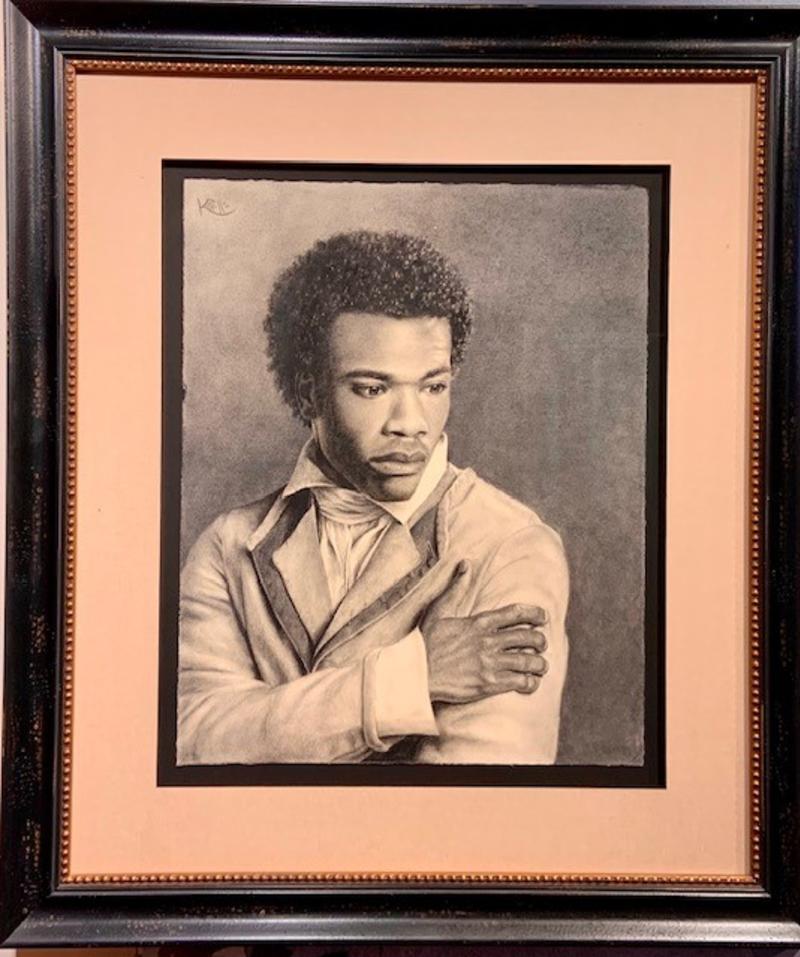The Fairfax County Park Authority is one of the most celebrated park systems in the nation. Their facilities, golf courses, trails, parks, and programs and activities offer visitors and residents alike wonderful opportunities to exercise, or simply get outside and engage with history and nature. One of the unique specialties of the Park Authority is telling the story of Fairfax County through a variety of historic sites. A great example of this is Sully Historic Site, a site that constantly finds new ways to educate and introduce the public to its 200-plus-year history.
Sully interprets the lives of enslaved Black people at the former plantation through an experience they're calling The Forgotten Road Tour. Read on to learn a little bit more about the history of Sully Historic Site and how you can continue to learn through the Park Authority's interesting programming.
Shared Stories

Photo Courtesy Sully Historic Site, showing a reenactor at a previously held African American history program
In 1794, Richard Bland Lee, Northern Virginia's first Congressman and uncle to Robert E. Lee, built a manor house that he dubbed "Sully" on the Chantilly land he had inherited from his father. Lee cultivated the land to produce sustainable crops like wheat, corn, and rye, cutting back on the tobacco production the land was previously used for. However, the labor and tending to of the land and family fell to the enslaved people of Sully, 29 of which were part of the inheritance from Lee's father.
During the period of time that the Lee family owned the plantation, several members of the enslaved community attempted to gain their freedom via escape routes. It is through these particular stories that Sully is now listed on the Underground Railroad Network to Freedom.
The stories of the members of the enslaved community at Sully have been learned and continually cultivated over time through a series of archaeological discoveries, record-keeping, and letters. Today, the histories of people like Thornton, who cooked in the kitchen, Madam Juba, who laundered clothes, Sam, who worked as a blacksmith, and Prue, who was a devoted mother, are a large part of the experience of visiting Sully and taking part in several new tours.
The Forgotten Road Tour

Representative Slave Quarters at Sully Historic Site
For those of us looking for things to do outside as the temperature begins to warm up, this is a wonderful opportunity to get outside AND learn something. The Forgotten Road tour is an outside walking tour focusing on the lives and stories of African Americans who lived at Sully, where visitors will have the opportunity to travel through the property and visit various historic buildings, including the kitchen/laundry, smokehouse, dairy, and the representative slave quarter cabin. You can reserve your space here.

Image courtesy Don Sweeney, Interior of the representative slave quarters at Sully
In the 1980s, when research was being done at Sully, archeologists discovered items and information that today help the park managers tell more of the stories of those enslaved at Sully that lived near the south road during the late 18th century. The stories now told through this tour were almost forgotten if not for the discoveries and research of passionate Park Authority employees. Visitors can now learn the names and some background of the enslaved men, women, and children who lived at Sully and worked in these buildings. In the outdoor kitchen, visitors can grasp the conditions that the enslaved cook worked within, understanding that no matter the temperature outside, food had to be cooked. This meant having a fire even if it was 20 or 90 degrees outside.
The Underground Railroad Network to Freedom

Image courtesy of the Fairfax County Park Authority, showing an artist portrait impression of Godfrey, who escaped from Sully in 1807
In 2004, the site was named a member of the National Underground Railroad Network to Freedom by the National Park Service. According to Sully Historic Site, the criteria for this designation must be supported by many original documents such as run-away slave advertisements and letters documenting enslaved people who were desperate for freedom and risked everything to achieve it. These freedom seekers, such as Godfrey (portrait impression above) and Ludwell, are talked about during the Forgotten Road tour. The National Underground Railroad Network to Freedom Act of 1998 established a program “that tells the story of resistance against the institution of slavery in the United States through escape and flight.” As part of the network, historic sites, and relevant programs are acknowledged as having a verifiable association with the Underground Railroad.
For further information on upcoming events and tours, including historic house museum tours, or to reserve your Forgotten Road Tour, visit the Sully Historic Site website. For more interesting stories on Black History in #FXVA, click here to read about Gum Springs, the oldest African American community in Fairfax County. Learn about Laurel Grove School, the last remaining colored school in the area here. Or explore the story of the Tinner Hill community, which became the first rural branch of the NAACP. You can also take an inner look at the African American experience during Civil War-era Virginia here.





